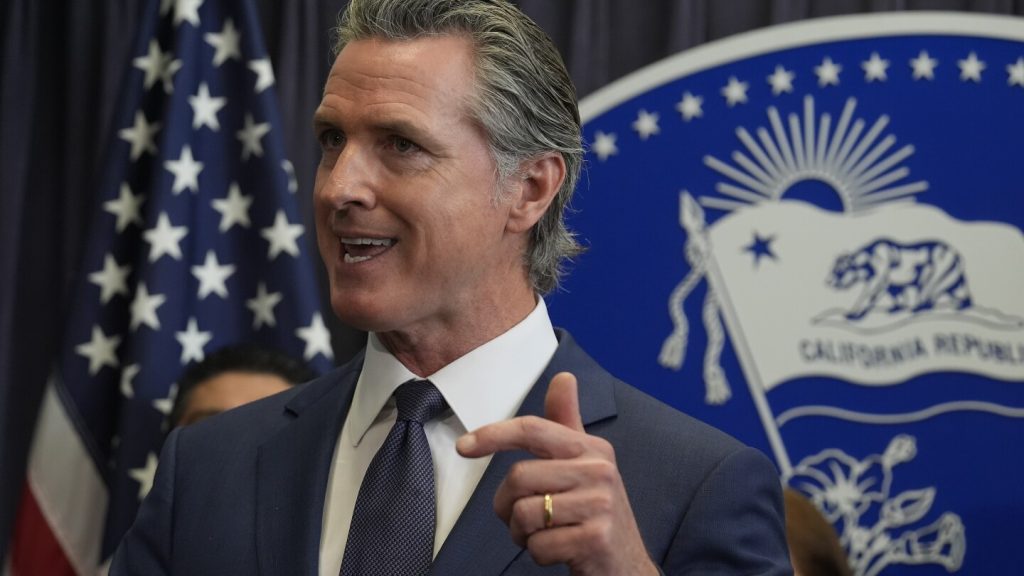California’s government will soon be using generative artificial intelligence tools in partnership with five companies to develop and test this emerging technology. Generative AI is a branch of artificial intelligence that can create new content, such as text, audio, and photos, in response to prompts. California aims to use this technology to improve public services, such as reducing customer call wait times at state agencies and enhancing traffic and road safety. Initially, four state departments will test the generative AI tools to assess their effectiveness and risks before potentially deploying them more broadly.
The Department of Tax and Fee Administration, the California Department of Transportation, the Department of Public Health, and the Health and Human Services Department are among the state agencies that will be testing these AI tools. For example, the tax and fee agency hopes to use AI to listen in on calls and provide real-time information on state tax codes to improve customer service. The technology will also be used to provide information about health and social service benefits in languages other than English. While the public does not yet have access to these tools, state workers will internally test them during a six-month trial period to evaluate their performance.
The cost of deploying generative AI tools in California remains uncertain, with the state currently facing a massive budget deficit. Each of the five companies partnering with the state will be paid $1 to start the internal trial, after which the state will assess whether to sign new contracts for long-term use. State officials acknowledge the potential risks associated with generative AI, including job loss, misinformation, privacy concerns, and automation bias. Testing the tools on a limited basis is seen as a way to mitigate these risks, but ongoing monitoring and oversight will be crucial if the technology is deployed more widely.
There is both excitement and caution surrounding the use of generative AI in government operations. State officials believe that these tools have the potential to make government agencies more efficient, but they also stress the need for safeguards and oversight to prevent unintended consequences. Academic experts advise that testing should not stop after the initial six-month trial, emphasizing the importance of a consistent process for evaluating the risks and benefits of deploying generative AI on a larger scale. With California among the first states to explore guidelines for purchasing and utilizing AI tools, the outcome of this initiative could set a precedent for how other states approach this emerging technology.


